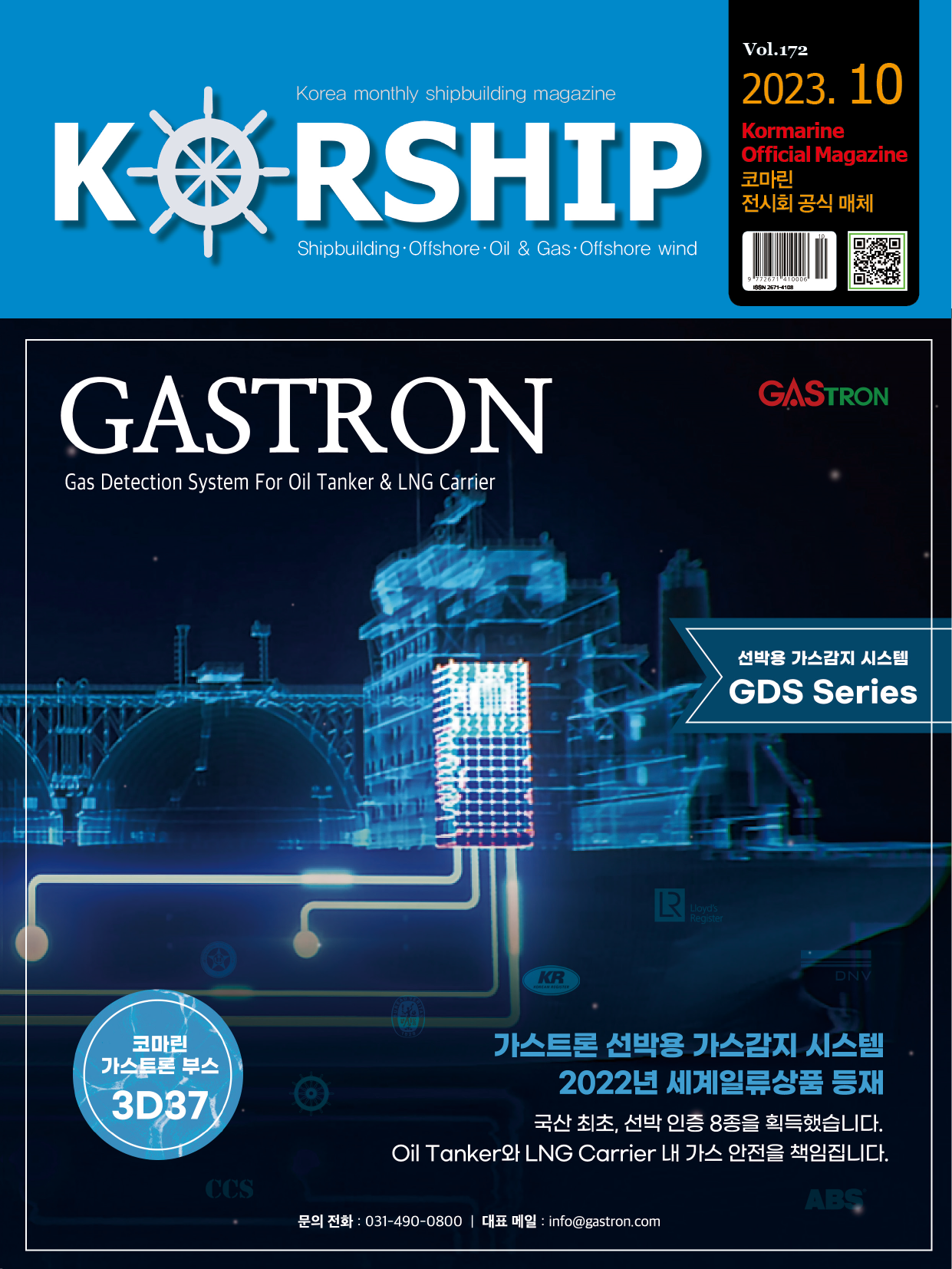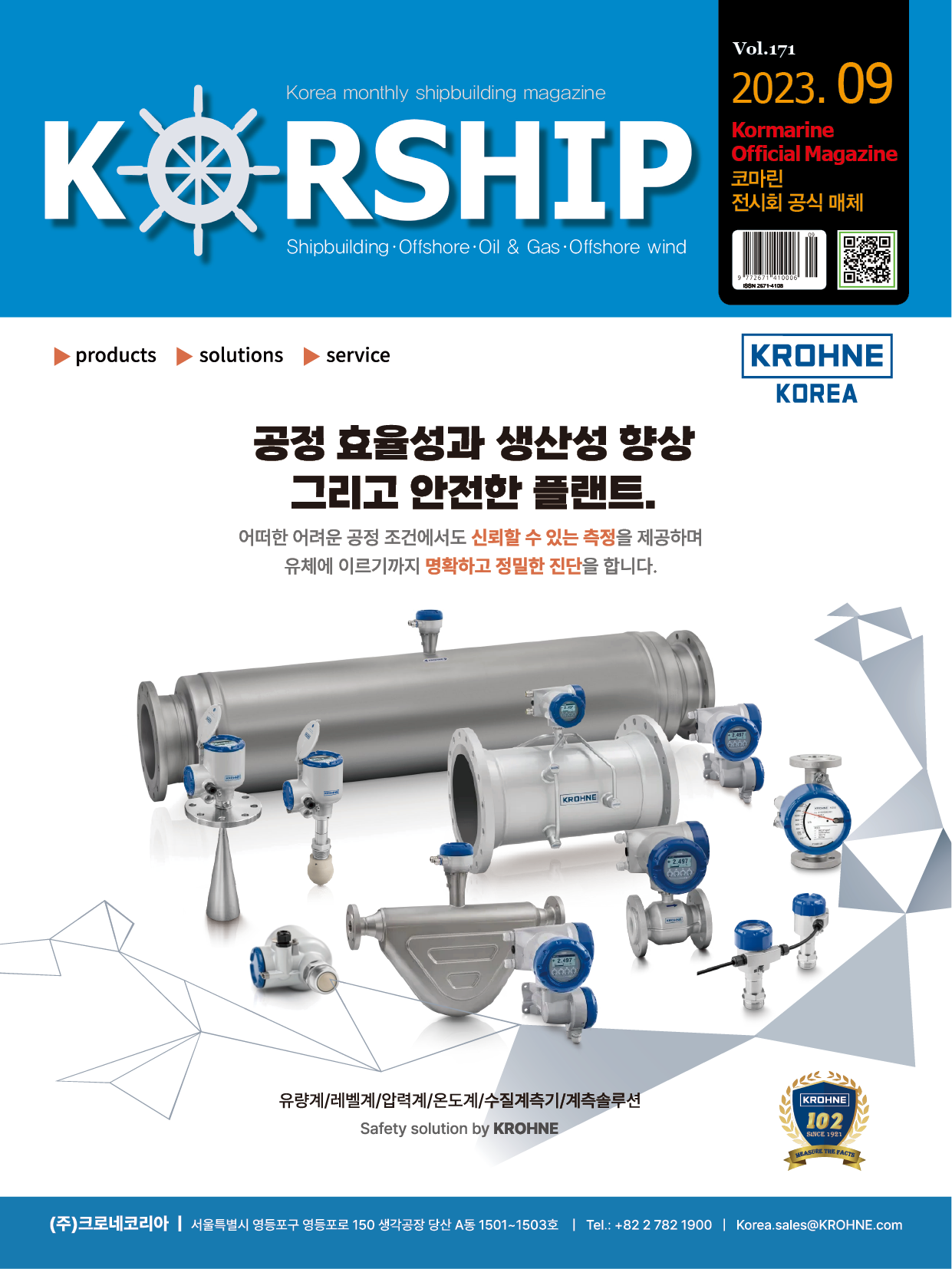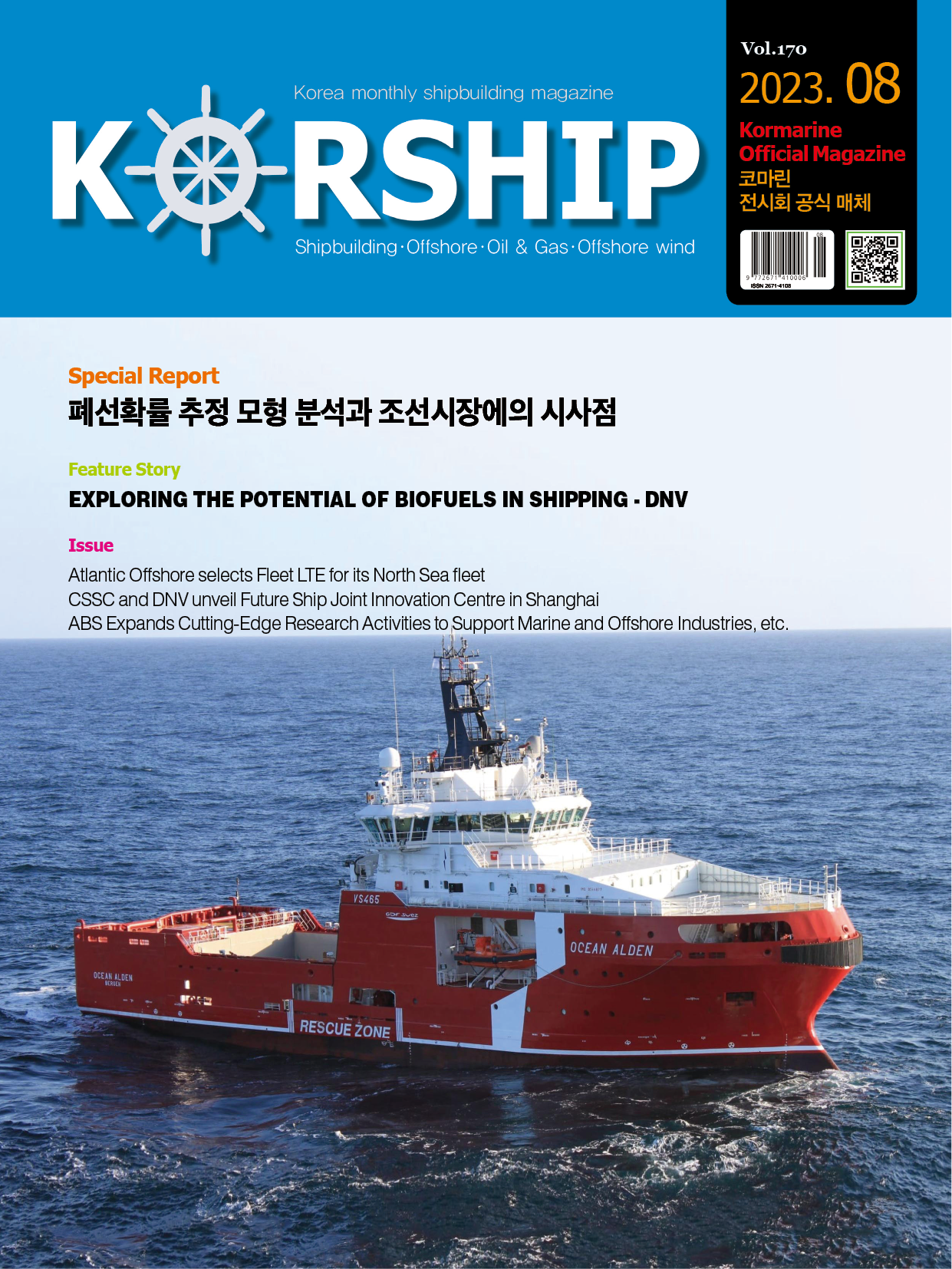Feature Story Entering the digital age with remote I/O
페이지 정보
작성자 최고관리자 댓글 0건 조회 137회 작성일 24-03-15 12:01본문
Digitalisation has made its mark on the process industry – or, at least, that's what you might think from looking at publications, marketing messages and trade fair exhibitions over the past few months. Rarely over the past few years or even decades have there been as many technical trends as there are at the moment. It's no surprise that some people lose track of all of the different acronyms – APL, OPC, NOA, FDI, MTP – to name just a few. And, ultimately, there is the question of whether it makes sense to only use this technology in new systems or whether digitalisation can be applied to existing systems? Should you wait until the new technologies, such as Ethernet-APL, are market-ready and there is an adequate number of devices available? This is precisely where remote I/O technology provides a solution and offers both tried-and-tested and completely new approaches in order to modernise systems without ending up in a metaphorical digital cul-de-sac.
Remote I/O – state-of-the-art technology
Remote I/O is a solution that has been tried and tested in practice and is ideally suited to connecting the installed base of conventional field devices to Ethernet networks. System integrators and users have been working with remote I/O systems from as far back as the late 1980s. The basic idea remains the same – the input/output level of PLCs and control systems are moved away from the control room and out into the field. This eliminates the need for individual cabling to and from the sensors and actuators. For use in hazardous areas, the fact that the remote I/O modules already have integrated Ex i isolation also means that Ex i isolators, including cabinets, are no longer required. This results in total cost savings of over 25%, depending on the system size.
It goes without saying that contemporary remote I/O systems in 2023 are far superior to products from the early days and are now also much more widespread. In addition to the aforementioned cost savings, contemporary I/O systems can also be used for the digitalisation of existing systems that use conventional 4 to 20 mA technology. An increasing number of remote I/O manufacturers already have solutions for connecting to Ethernet networks with PROFINET, EtherNet/IP or Modbus TCP communication in their product ranges. These remote I/O have flexible connectivity – either using cost-effective CAT cables for shorter distances or fibre optic cables for bigger distances and environments that potentially have strong sources of interference and other electromagnetic influences. All typical I/O signals, such as 4 to 20 mA with HART, and simple binary devices, including contacts, proximity switches and solenoid valves, are supported.
Remote I/O solutions for installation in hazardous areas of Zones 1 and 2 are also available from different providers like R. STAHL. The field device connection often has the "intrinsic safety(Ex i)" type of protection, which means that the technology can be used very flexibly on site for installations, as well as for maintenance and modernisation work. In the case of the R. STAHL Remote I/O IS1+ system for Zone 1, communication via Ethernet takes place using intrinsically safe networks and copper cables. This uses another new Ex i solution(similar to Ethernet-APL) – 100 BASE-TX-IS is an intrinsically safe four-wire Ethernet that transmits data over 100 m of cable at 100 MBit/s. Another option is to route these networks with optical cables. R. STAHL has already been using "op is"(optical inherently safe) protection for this purpose for over ten years. Consequently, remote I/O is ideally suited for bringing conventional process systems into the era of digitalisation.
New developments in remote I/O
Remote I/O technology is constantly evolving to meet users' current requirements and thus implement new digitalisation concepts. For example, this is achieved on the basis of the widely used HART protocol. Remote I/O systems can now transfer the HART information from 4 to 20 mA field devices via Ethernet with the HART-IP protocol, such that it can easily be integrated into corresponding plant asset management systems. The I/O modules contain both the HART-multiplexer function and Ex i isolation. HART information is then communicated via the same Ethernet network in which process communication takes place. Separate cabling is not necessary. With the IS1+ system, the HART protocol is implemented in HART-IP via a smartLink SW-HART driver from Softing. This enables existing IS1+ installations to be upgraded to HART-IP without the need for additional hardware.
In contrast to HART, OPC UA is more of a newcomer to process automation. OPC UA is very well suited to new concepts, such as NAMUR Open Architecture(NOA). The "second channel" via OPC UA enables users to access monitoring and optimisation(M+O) data. OPC UA is a "PC-friendly" communication standard that allows easy integration of diagnostics data from remote I/O solutions into PC networks, data servers, aggregation servers and cloud systems. In future, the associated process automation device information model(abbreviated to "PA-DIM") will also be supported by remote I/O.
In recent years, FDI(field device integration) has enabled a universal solution to be created for integrating all devices in process automation. Many field devices and some FDI hosts are already available and remote I/O will also support FDI in the near future. In late 2021, the "FDI for RIO" working group was established. This body is currently developing specifications for integrating HART devices into FDI hosts via remote I/O and PROFINET – using "nested communication". This also enables project planning, as well as the status and diagnostics information for the remote I/O systems, to be represented. Initial prototypes have already successfully demonstrated the new possibilities associated with PROFINET. Such products are expected to be available in late 2023.
In late 2022, the "Remote I/O for Process Automation (RIO for PA)" profile for PROFINET was released. This makes integrating remote I/O systems from different manufacturers into control systems via PROFINET communication just as straightforward as integrating field devices with a PA profile. In particular, this RIO for PA profile standardises diagnostics and status information such that different systems can be planned and integrated in a virtually identical manner. This makes it much easier for planners and users when it comes to handling different remote I/O systems. However, it will still take some time until this RIO for PA profile is sufficiently supported by both remote I/O systems and host manufacturers. The profile specification is available to download from the PI website.
Something big is coming – remote I/O and Ethernet-APL
Remote I/O and Ethernet form the perfect combination for integrating a "conventionally" installed base with analogue field devices into an Ethernet-based, digital automation system. Ethernet-APL and remote I/O work together excellently to achieve this. Needless to say, Ethernet-APL is a good option if field devices which already communicate digitally with Ethernet-APL are being used. Nevertheless, the existing generation of PROFIBUS PA devices can also be integrated into PROFINET networks with the new APL field switches from R. STAHL. In this case, the field switch acts as a PA proxy and "translates" the PA information into PROFINET.
There remains a large number of conventional field devices with 4 to 20 mA technology, HART devices, as well as basic binary sensors and actuators. Even if devices with an APL interface are increasingly brought onto the market over the coming years, this often cannot be used in a cost-effective manner with basic devices, such as contacts, proximity sensors and solenoid valves. In addition, implementing APL for all of the necessary variants of the 4 to 20 mA generation will take time. That's when remote I/O comes back into play, as it can easily be integrated with the Ethernet-APL field switches to form a superordinate control network, e.g. via PROFINET. This makes it easy to decide whether to use remote I/O or Ethernet-APL – the best solution is to use them in combination.
■ Contact: R. STAHL www.r-stahl.com









